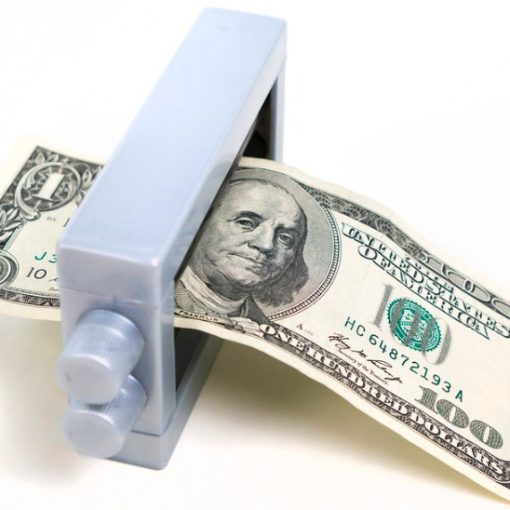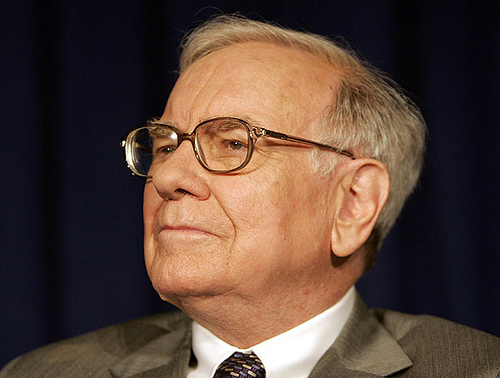 Author: Michael Arold
Author: Michael Arold
Model: Technical Swing
Disclosure: Long SLV
A major market anomaly is the “momentum effect,” which has been investigated by various academics throughout the last decade. Jegadeesh, one of the key researchers on the subject, formulated a simple definition of the momentum effect: “evidence indicates that stocks that perform the best (worst) over a three to 12 month period tend to continue to perform well (poorly) over the subsequent three to 12 months.”
The momentum effect has recently been discussed in the mainstream media. Last January, The Economist published ”Why Newton was wrong.“ The author noted that “the momentum effect has been observable for much of the past century“ and that “investors have a tendency to buy shares simply because they have risen in price,” thus explaining why markets sometimes seem irrational.
The momentum effect plays a key role in my trading strategy. In fact, I consider myself a momentum trader. My approach comes down to buying price consolidations and pullbacks of momentum stocks and ETFs. I combine momentum with a macro approach, leading to a broad set of investment vehicles, which I can possibly trade.
A recent example of a momentum trade is my investment in the Silver ETF (NYSE: SLV).
The ETF is up over 42 percent YTD (as of 4/20 according to finviz.com). Silver started to show momentum in August 2010 and began to outperform not only the major US stock indices but also its big brother, Gold. During the first two weeks of March, Silver prices consolidated in a very tight range and I went long when price strength continued on March 18.
Commodities have the ability to show parabolic price moves, something we are seeing in Silver right now. Even though it seems easy to profit when prices move up every day, trading parabolic moves can be challenging because one has to find a strong exit point. I am using technical criteria to decide when to close the trade. At this point, I cannot predict when these criteria will be met, but in trading, one always has to find a compromise between taking profits and letting them run.
Sources:
Jegadeesh, Narasimhan and Titman, Sheridan , Momentum (October 23, 2001). University Of Illinois Working Paper. Available at SSRN: http://ssrn.com/abstract=299107
“Why Newton was wrong” The Economist, 1/6/11. http://www.economist.com/node/17848665?story_id=17848665
Silver pricing information from FinViz.com


